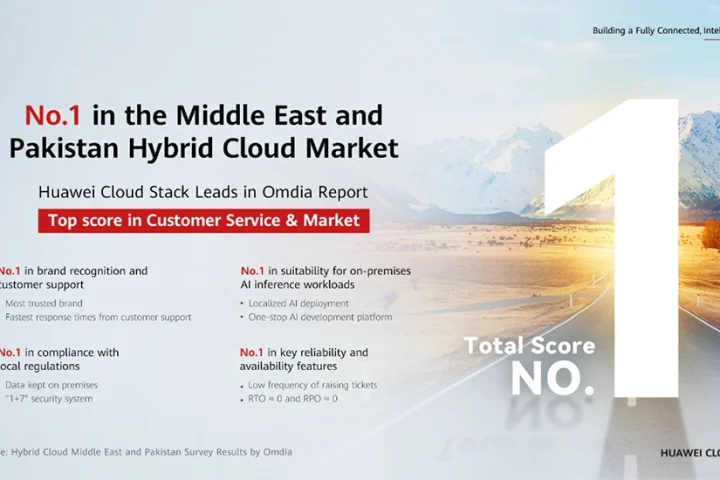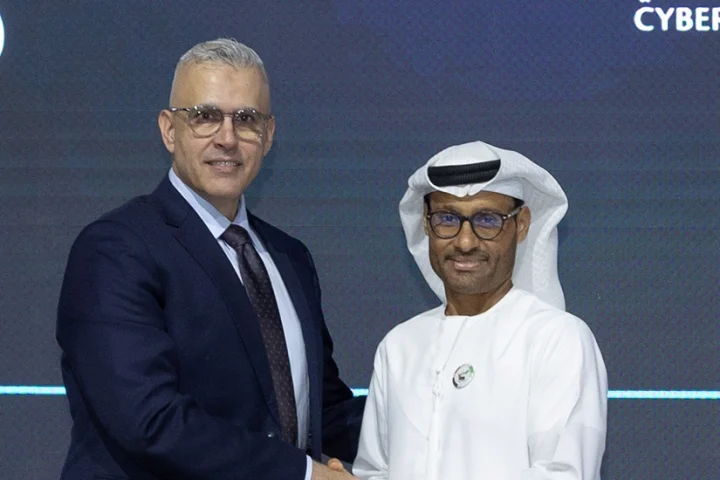Red Hat’s portfolio of production-grade open-source software provides the tools and platforms to overcome current and future security and compliance challenges. Red Hat also delivers enterprise-grade support, hands-on training, and expert services to help them build and operate hybrid cloud environments more efficiently and securely.
Red Hat works to help customers build security into applications, deploy applications onto a hardened platform, and manage, automate, and adapt their infrastructure and applications as security and compliance requirements change. Red Hat solutions also support integration and orchestration of multiple classes of existing security solutions within an enterprise, thereby significantly reducing the burden on the SOC teams.
An average security team typically examines less than 5% of the alerts flowing into them every day. At the same time, the severity of incidents as well as time taken to resolve an incident are increasing. Most organisations have insufficient skilled personnel dedicated to cybersecurity and report it as a major barrier to cyber resilience. Technologies like cloud, artificial intelligence and analytics significantly reduce the burden on SOC teams.
The speed and pattern recognition capabilities of artificial intelligence help SOC teams to configure and quickly validate baseline security estimates. Intelligence gathered by artificial intelligence and machine learning systems can also be used to rapidly scan large scale environments and predict the ways in which bad actors could exploit the systems. Artificial intelligence and machine learning and cloud solutions also help the SOC teams to scale efficiently and analyse large datasets than what was previously possible.
Threat actors are leveraging advanced technology to engineer novel attacks, for example, using speech synthesis for impersonation, exploiting software vulnerabilities through automated hacking and attacking artificial intelligence systems using adversarial examples and data poisoning.
Attackers are also increasingly targeting software and security supply chains to gain unhindered access to enterprise systems. Rapid adoption of cloud services, work from home initiatives is providing hackers with increased opportunities to exploit vulnerabilities, misconfigured systems and lax development practices.
CISOs need to introduce a layered, defence-in-depth security strategy across the entire infrastructure and application stack. Business demand for rapid application development and adoption of hybrid cloud, container technologies will continue to grow as these technologies are at the forefront of Digital Transformation initiatives.
Forward-looking DevOps teams recognise the importance of including security in this DevOps model, leading to the birth of DevSecOps which requires thinking about application and infrastructure security from the start. It underscores the need to help developers code with security in mind, a process that involves security teams sharing visibility, feedback, and insights on known threats.
An organisation’s people and processes also need to be aligned to continuously monitor and address security early in an automated way.
As per IDC, around 65% organisations in the META reported that the pandemic brought forward their digital transformation initiatives by 1-2 years and around 80% expect to have more than one cloud vendor. A vast majority will also adopt agile methodologies and scale their development teams to transform and migrate applications.
By 2024, 70% of the new applications developed worldwide will be containerised for improved deployment speed, application consistency, and portability. Therefore, the vast majority of organisations are rapidly adopting Kubernetes and containers to fuel the growth engine for their digital innovation and transformation.
GUIDELINES FOR CISOs
- Threat actors are using speech synthesis for impersonation, automated hacking and data poisoning.
- Attackers are targeting software supply chains to gain access to enterprise systems.
- Adoption of cloud, work from home, is providing hackers with opportunities to exploit misconfigured systems and lax development practices.
- CISOs need to introduce a layered, defence-in-depth security strategy across the entire infrastructure and application stack.
- Forward-looking DevOps teams recognise importance of including security in DevOps model, leading to the birth of DevSecOps.
- Developers need to code with security in mind, a process that involves security teams sharing insights on known threats.
- An organisation’s people and processes also need to be aligned to continuously monitor and address security early in an automated way.
- An average security team typically examines less than 5% of the alerts flowing into them every day.
- The severity of incidents as well as time taken to resolve an incident are increasing.
- Technologies like cloud, artificial intelligence and analytics significantly reduce the burden on SOC teams.
Vast majority of organisations are rapidly adopting Kubernetes and containers to fuel the growth engine for their digital innovation and transformation.

























